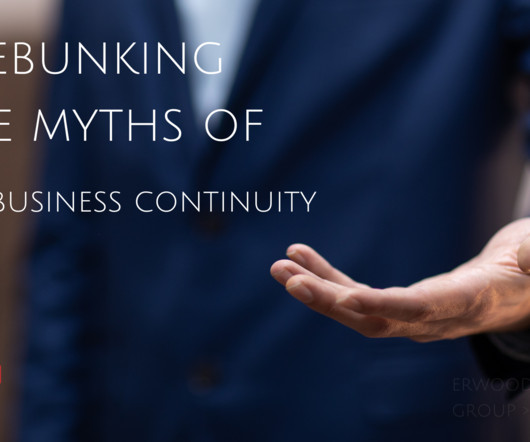How a Risk Maturity Model Can Increase Your Company’s Resilience
MHA Consulting
APRIL 20, 2023
In today’s post, we’ll look at how such a model can help an organization understand its risks, mitigate the risks that threaten its core services, and integrate business continuity with enterprise risk management, thus boosting resilience overall. Related on MHA Consulting: Who’s the Boss?












Let's personalize your content